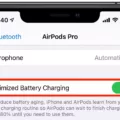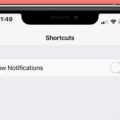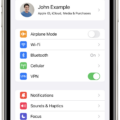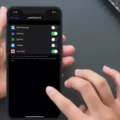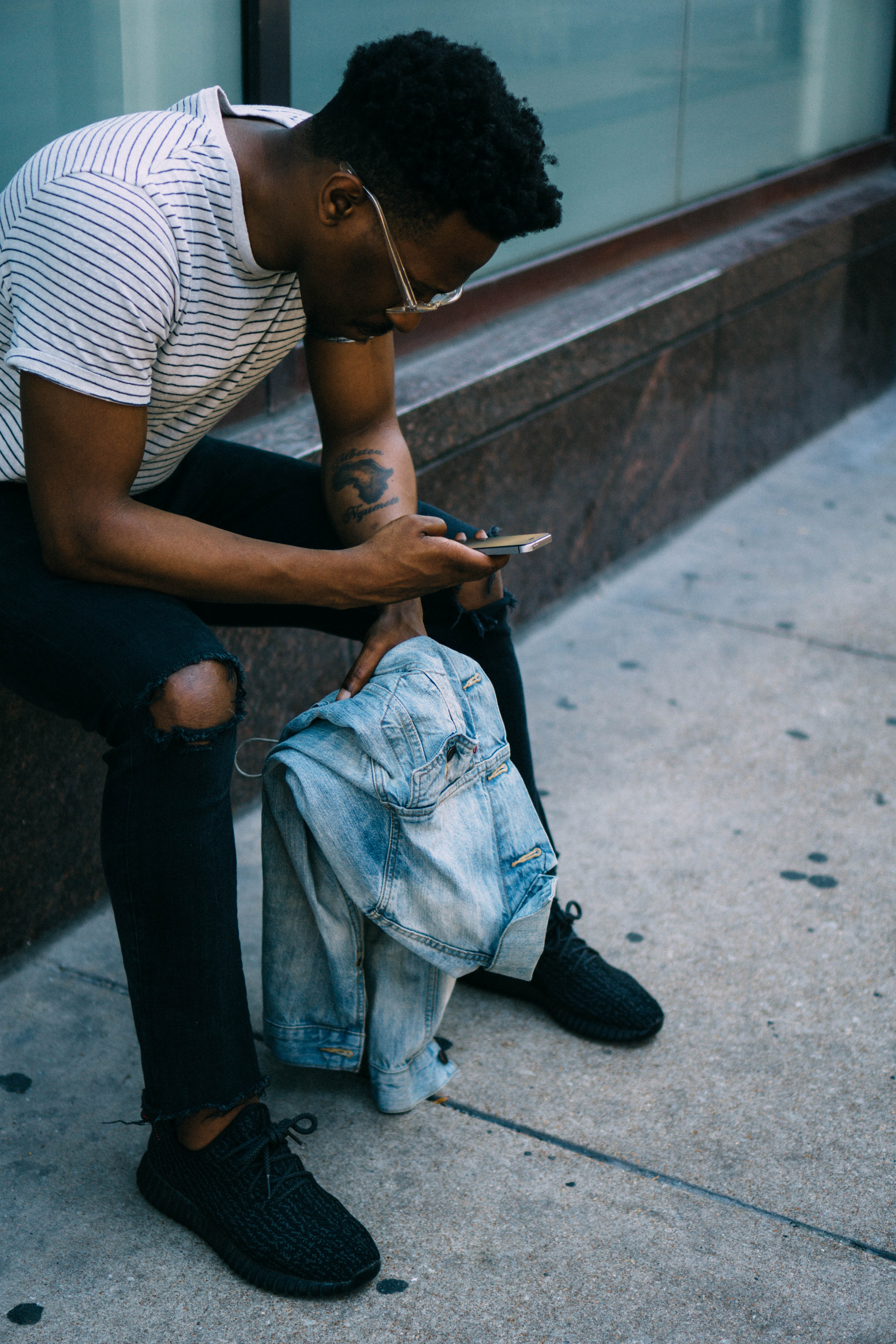The iPhone is one of the most popular smartphones in the world and for good reason. With its sleek design and innovative features, it has become a staple in the tech world. One of the features that users often overlook is the screen timeout. This is the amount of time that passes before the screen turns off when the phone is not in use. In this article, we will explore how to change the screen timeout on an iPhone.
To change the screen timeout on an iPhone, first, open the Settings app. From there, scroll down and tap on “Display & Brightness.” Here, you will see the option for “Auto-Lock.” Tap on this option to see the different time options available.
The default time for the screen timeout is 30 seconds. However, you can choose to have the screen stay on for longer or shorter periods of time. The available options are 30 seconds, 1 minute, 2 minutes, 3 minutes, 4 minutes, 5 minutes, and “Never.”
If you choose “Never,” your screen will never turn off automatically. However, it is important to note that this can drain your battery quickly. It is recommended to choose a reasonable amount of time, such as 1 or 2 minutes, to balance battery life and screen usage.
To change the screen timeout time, simply tap on the desired length of time. Your iPhone will automatically save the change, and you can exit the Settings app.
In addition to changing the screen timeout time, there are other ways to keep your iPhone screen on for longer periods of time. One way is to keep the phone plugged in while in use. This will prevent the phone from going into sleep mode and turning off the screen.
Another way is to use the “Guided Access” feature. This allows you to lock the screen on a specific app and prevent the phone from going into sleep mode. To use this feature, go to Settings > Accessibility > Guided Access. From there, turn on “Guided Access” and set a passcode. Then, open the app you want to use and triple-click the home button to activate Guided Access.
Changing the screen timeout on an iPhone is a simple process that can greatly improve your user experience. By following the steps outlined in this article, you can choose the screen timeout time that works best for you and your phone. Remember, it is important to balance screen usage with battery life to ensure optimal performance.
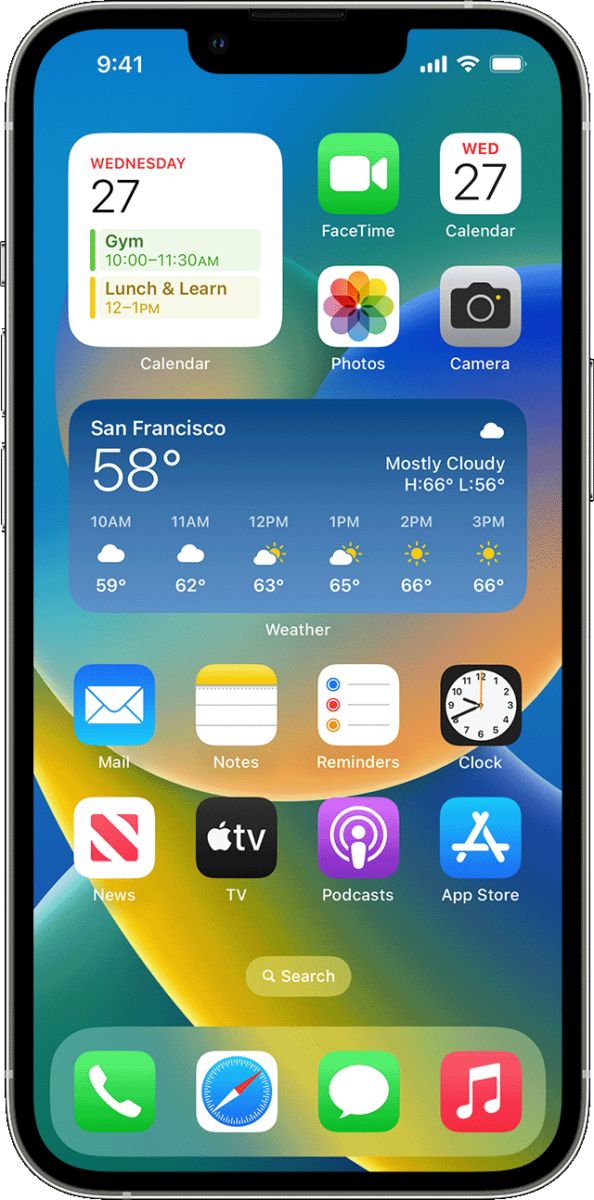
Increasing the Length of Time iPhone Screen Stays On
To keep your iPhone screen on for a longer duration, you can adjust the Auto-Lock settings. Firstly, open the Settings app on your iPhone. Next, scroll down and tap on the “Display & Brightness” option. In the Display and Brightness settings, tap on “Auto-Lock”. Here, you will see a list of time intervals ranging from 30 seconds to 5 minutes, as well as the option to turn off Auto-Lock entirely. Choose the amount of time you want your screen to stay on after you last touch your iPhone by selecting one of the time intervals available. Once you have made your selection, your iPhone screen will stay on for the duration you have chosen, helping you avoid the inconvenience of constantly having to wake up your phone.
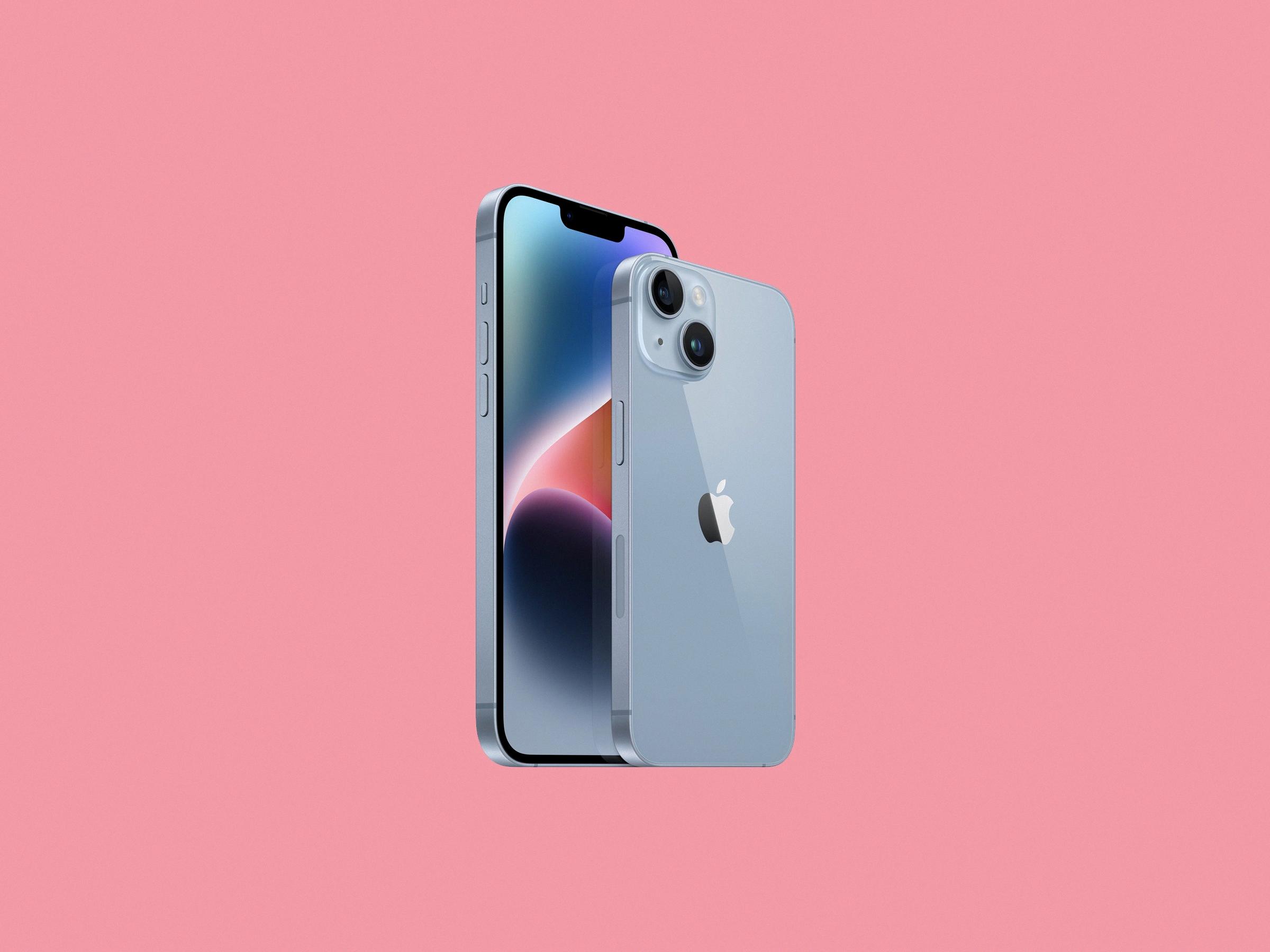
Increasing Screen Time on iPhone 13
To make your iPhone 13 screen stay on longer, you can adjust the Auto-Lock setting in the Display & Brightness section of the Settings app. Here are the steps you can follow:
1. Open the Settings app on your iPhone 13.
2. Scroll down and tap on Display & Brightness.
3. Select Auto-Lock from the list of options.
4. You will see a list of time intervals ranging from 30 seconds to 5 minutes. Tap on the desired length of time that you want your iPhone 13 screen to stay on before it automatically locks.
5. Your choice will be savd automatically and your iPhone 13 screen will now stay on for the selected time interval before it locks.
By adjusting the Auto-Lock setting, you can ensure that your iPhone 13 screen stays on longer, which can be helpful if you are reading or watching something on your device and don’t want it to lock automatically.
Preventing iPhone Screen from Turning Off
To keep your iPhone screen from turning off, you can adjust the auto-lock feature in your device’s settings. Here are the steps to follow:
1. Open the Settings app on your iPhone.
2. Tap on Display & Brightness.
3. Select Auto-Lock from the list of options.
4. Choose the time interval that you want your screen to stay on beore it automatically turns off. You can choose from 30 seconds, 1 minute, 2 minutes, 3 minutes, 4 minutes, or 5 minutes.
5. Once you have made your selection, exit the settings app.
Alternatively, you can prevent your iPhone screen from turning off by using AssistiveTouch. Here’s how:
1. Open the Settings app on your iPhone.
2. Tap on Accessibility.
3. Scroll down and select Touch.
4. Tap on AssistiveTouch and toggle the switch to turn it on.
5. Tap on Customize Top Level Menu.
6. Tap on the plus sign (+) to add a new command.
7. Scroll down and select Stop Screen.
8. Tap Done to save your changes.
Now, you can tap on the AssistiveTouch button to prevent your iPhone screen from turning off.
Conclusion
The iPhone is a highly advanced and versatile device that has revolutionized the world of mobile technology. With its sleek design, intuitive user interface, and advanced features, it continues to be a top choice for users around the world. From its high-quality camera to its cutting-edge processing power, the iPhone offers a range of benefits that make it an ideal choice for both personal and professional use. Whether you’re looking for a device that can help you stay connected, boost your productivity, or simply enhance your entertainment experience, the iPhone has something to offer. So if you’re in the market for a new mobile device, be sure to cosider the many benefits of the iPhone and all that it has to offer.


